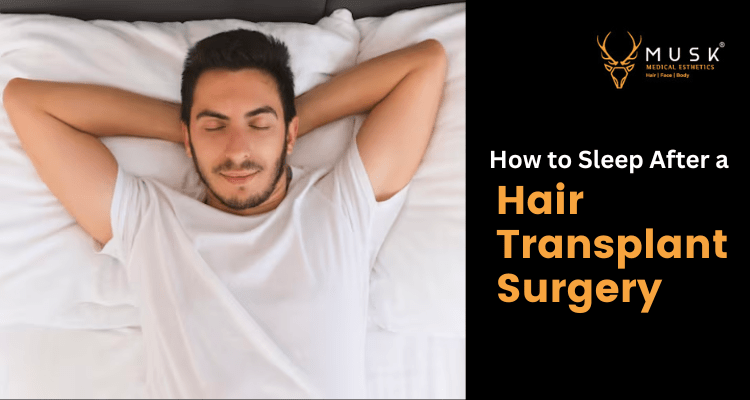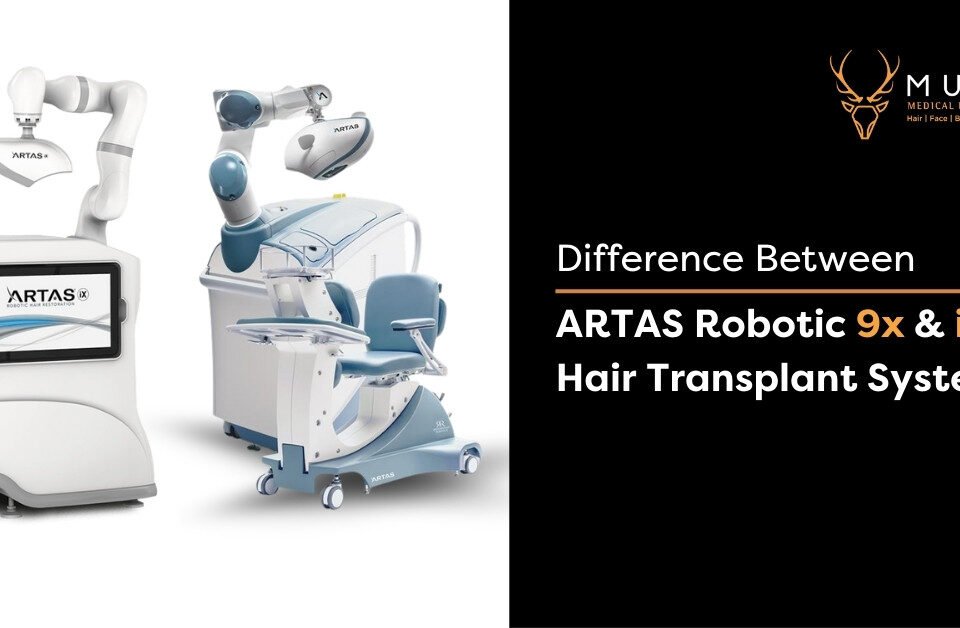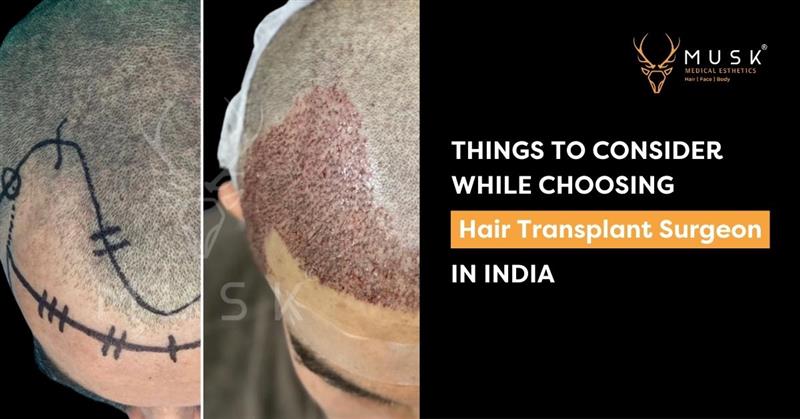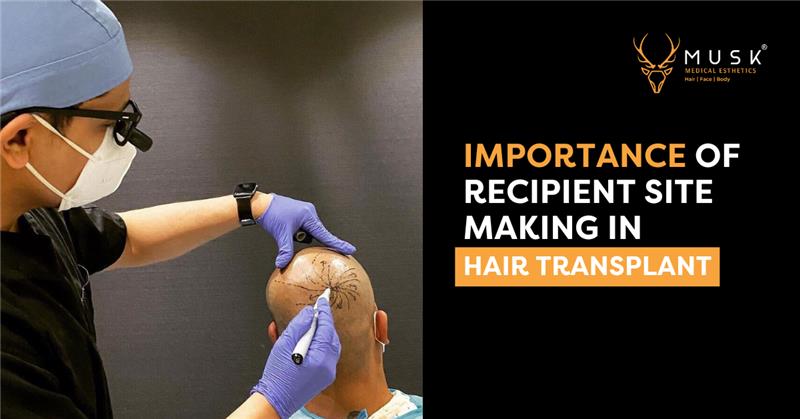How to Sleep After a Hair Transplant Surgery?

Let’s see — you just got a hair transplant surgery and are wondering how to sleep comfortably as your scalp recovers.
Now, it’s crucial to be mindful of how you sleep at night as your scalp heals in the weeks following the surgery. Proper sleep will help your body regenerate cells and repair tissue as the transplanted hair follicles take hold and grow in their new location.
To ensure proper recovery and growth of your new hair, you must be mindful of your sleeping positions and practices in the first few weeks after the surgery.
This article provides must-follow tips on how to sleep after a hair transplant surgery.
How Sleep Aids Healing After a Hair Transplant Surgery
During sleep, your body does most of its healing and regeneration. As you progress through the stages of sleep each night, your body’s tissues have the chance to rebuild and repair.
That’s why having deep, restorative sleep is important, especially for recovery after any surgical procedure.
When you’re in the deepest stages of sleep, growth hormone is secreted to stimulate cell growth and regeneration.
If you aren’t getting sufficient quality sleep on the nights after surgery, it can slow down the healing process by denying your body the chance to fully restore itself.
So, make sure that you prioritize sleep in your recovery plan
Sleeping Positions to Avoid After a Hair Transplant Surgery
After a hair transplant procedure, there are certain sleep positions and habits to avoid as your scalp incisions heal.
Sleeping flat on your back or sides should be avoided, especially on the side where the transplant was performed.
The pressure and friction can disturb the delicate grafted follicles, causing them to dislodge or fall out. This, in turn, can compromise the success of the transplant.
This happens because when you lay flat, fluid can also accumulate and put strain on the healing scalp.
Additionally, avoid sleeping with the transplanted area directly on the pillow. The grafted follicles are very fragile initially and any rubbing against the pillowcase can loosen them.
Instead, keep your head propped up on some pillows so there is no direct contact between the healing scalp and the pillow.
Neck pillows are a great way to support the head and avoid excess friction. However, you need to be mindful not to rub or touch your head against the pillow while shifting in your sleep.
For best recovery, simply use the recommended headwear from your surgeon to protect the transplanted area from friction with bedding.
Recommended Sleeping Positions Post Hair Transplant Surgery
While sleeping flat on your back or sides should be avoided after surgery, you still need adequate rest for your body to heal properly.
Here are some recommended sleeping positions after your hair transplant procedure:
1. Sleep propped up with your head elevated at a 30 to 45-degree angle using pillows. This takes any direct pressure off the scalp incisions. It also helps reduce swelling and inflammation.
2. Sleep on your back, but turn your head to the opposite side from where the transplant was done. Use pillows to support the neck so your head faces sideways. This prevents you from rolling over onto the healing area during the night.
3. Sleep on the side where no transplant procedure was performed. Place a soft pillow between your knees and legs for comfort and support. This takes the strain off the scalp.
4. If transplant work was done on both sides of your scalp, sleep propped up on your back with your head elevated. Avoid sleeping on either side, since both sides will be healing. So, it’s best to sleep on your back supporting the head with pillows.
Additional Head Care While Sleeping Post Hair Transplant Surgery
In addition to sleeping positions, you also need to take care of the transplanted area overnight:
- Wear any loose-fitting head garment or bandana that your surgeon provided to act as a buffer between your scalp and the bedding. This prevents friction on the healing grafted follicles.
- Use a travel neck pillow for additional cushioning and to minimize contact with your regular pillow.
- Follow the doctor’s instructions for keeping any bandages or dressings clean and dry while sleeping.
- Avoid removing prescribed bandages or compression dressings during the night. These help protect and support the healing scalp.
- Keep any ointments, medications, or moisturizers prescribed by your surgeon within reach for overnight application as directed. Proper post-op care is key.
Conclusion
Quality sleep is vital for tissue healing and graft success after your hair transplant surgery.
But at the same time, you need to be mindful of avoiding positions that put direct pressure on the scalp or grafted areas as you sleep.
Most importantly, follow your surgeon’s instructions for headwear, bandages, and medications.
With proper sleep care in the weeks following surgery, you’ll give your body the recovery it needs to integrate the new follicles and enjoy a fuller head of hair.
FAQs
1) When can I sleep normally after a hair transplant?
You should avoid sleeping on the surgery site for at least 2 weeks after the procedure. After 2 weeks, you can usually sleep normally as long as you are gentle and avoid friction on the area.
2) How long does a hair transplant take to heal?
A hair transplant takes 5-7 days for the initial incisions to close. Swelling and crusting around the incisions improve within 2 weeks. Complete healing of the grafted follicles and transplantation sites takes around 4-6 months.
3) When can I sleep on my side after a hair transplant?
You should avoid sleeping on the side where your hair transplant procedure was performed for at least 3-4 weeks after surgery. Sleep on your back or on the opposite side from the transplant area until it is fully healed. Use pillows for comfort and to avoid rolling over onto the surgery site.



